Articles
Transportation
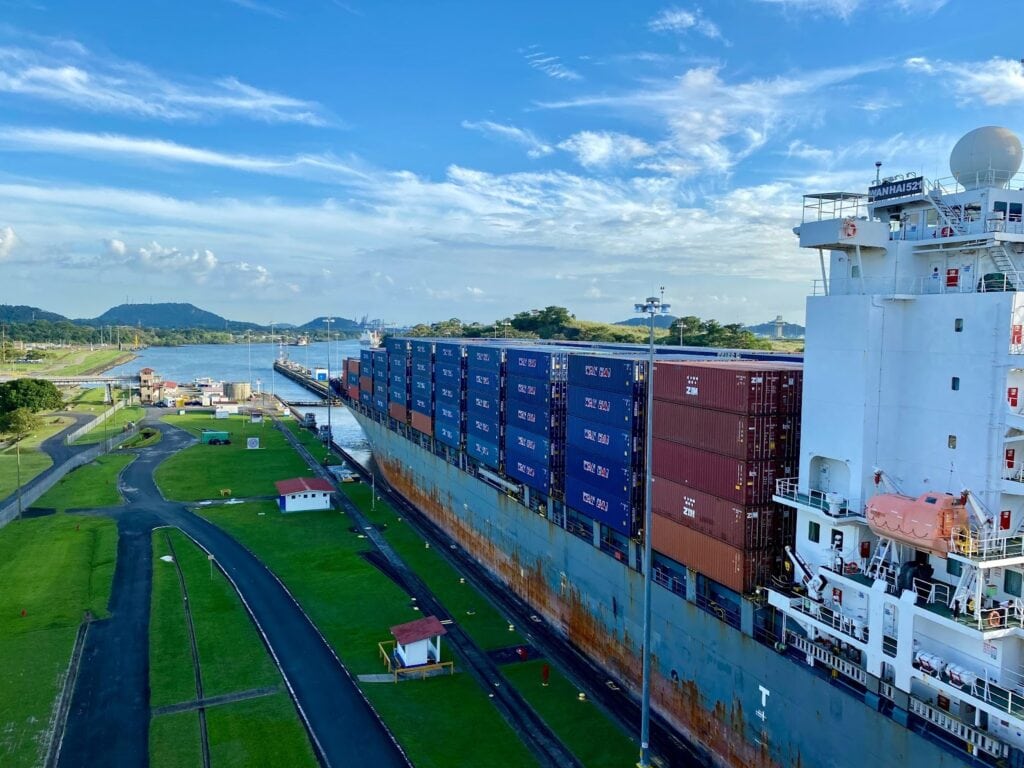
Panamax Ship: History, Advantages, and Capacity
The Panamax ship revolutionized the shipping industry, setting new size standards for vessels traversing the Panama Canal. These unique ship designs were born out of necessity, catering to the canal’s dimension restrictions while maximizing cargo capacity. The term “Panamax,” derived from maximum acceptable dimensions in Panama Canal locks, has spurred significant developments in container ship […]
Read More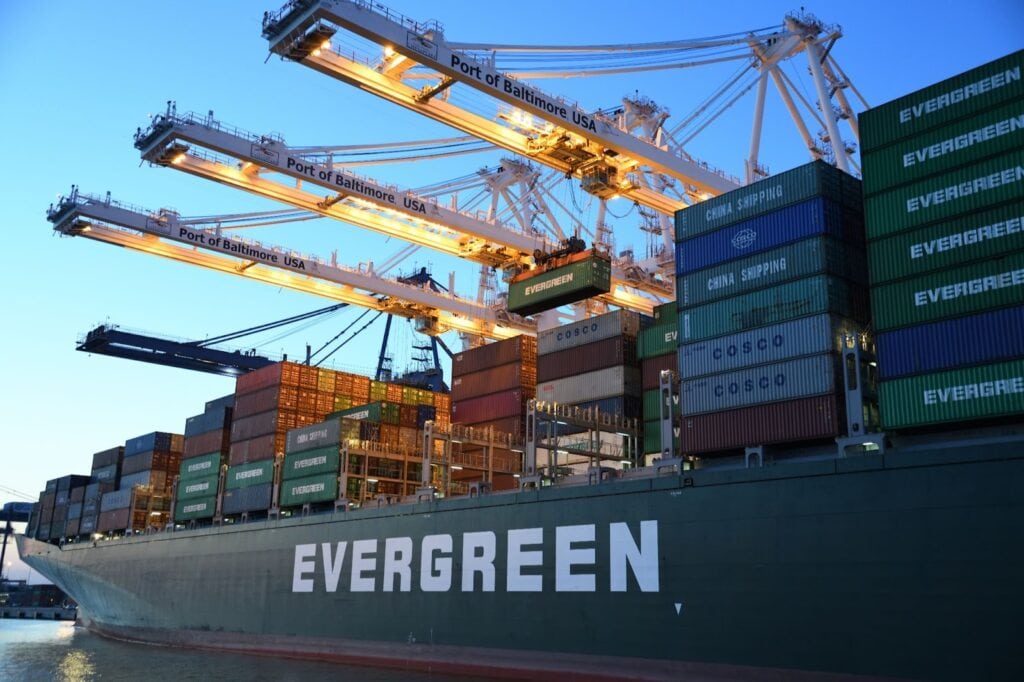
Post Panamax Ships: Design, Evolution, and Future
Container shipping plays a pivotal role in the ever-evolving global trade landscape, with ships of various sizes and capacities serving distinct purposes in the supply chain. One class of vessels that has significantly transformed maritime transportation is the Post-Panamax ships. These ships, surpassing the size constraints of the Panama Canal, are instrumental in cargo transportation […]
Read More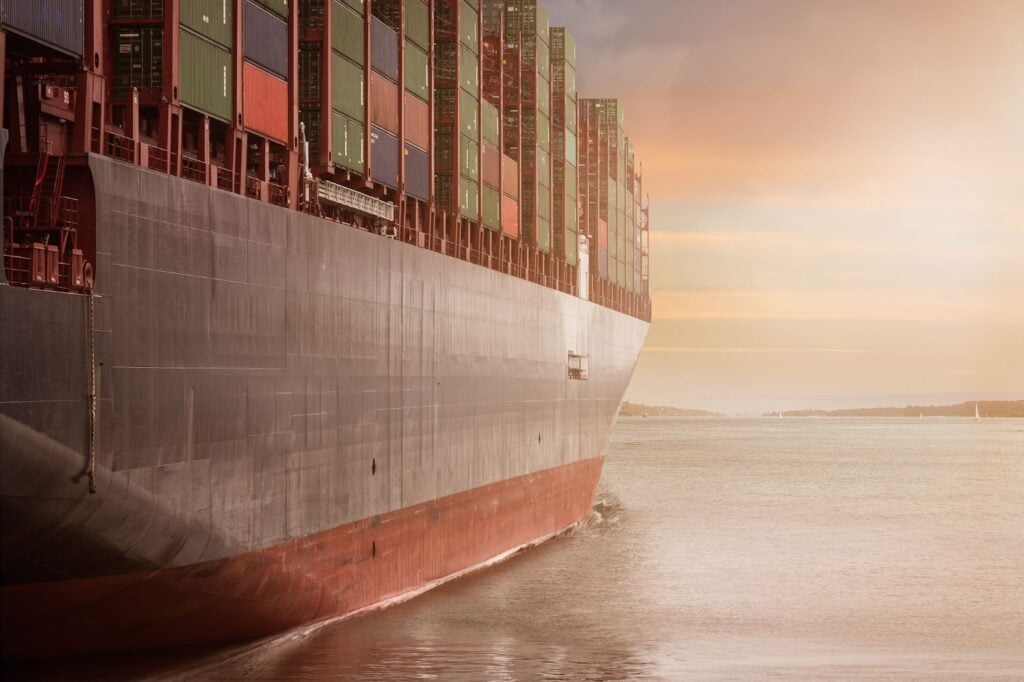
Feeder Ship: History, Design, and Sizes
In the ever-evolving world of global trade, the efficient transportation of goods is paramount. Key players in this logistics dance are feeder ships – versatile vessels designed to bridge the gap between large containerships and smaller regional ports. As we delve into these maritime workhorses, we will uncover their history, design, purpose, and critical role […]
Read More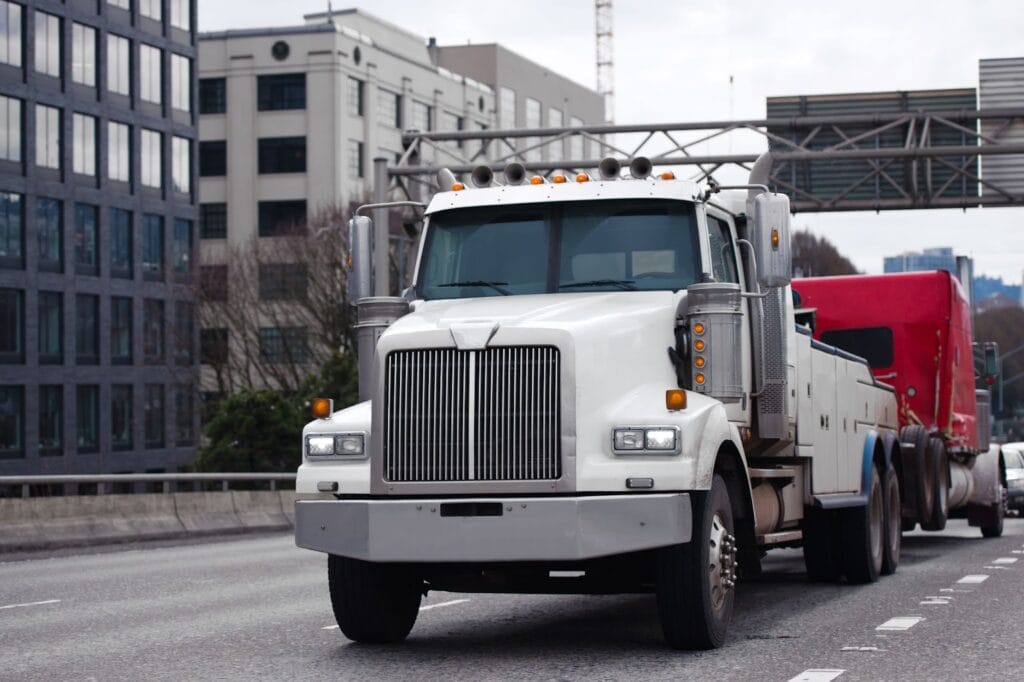
Gross Weight vs. Dry Weight: Definitions, Acronyms, and Factors that Affect Towing Capacity
Understanding the difference between gross and dry weight can be confusing, especially when it involves vehicle towing capacity. Did you know that these weights differ greatly and affect how much load your vehicle can legally carry? This article clarifies the differences by defining key terms, explaining common industry acronyms, and discussing factors influencing towing capabilities. […]
Read More
Delivering Last-Inch Logistics
Nailing down the final inches of a delivery can be complex. Fortunately, a variety of solutions show promise to help shippers navigate that crucial leg.
Read More
Perishable Cargo: Meaning, Examples, and Regulations
Navigating the complexities of transporting perishable cargo can be daunting. Did you know that these goods encompass a vast range of products, from dairy, frozen food and other meat products to live plants and seafood? This article unravels the meaning, examples, and regulations surrounding perishable cargo transportation. What is Perishable Cargo? Perishable items refer to […]
Read More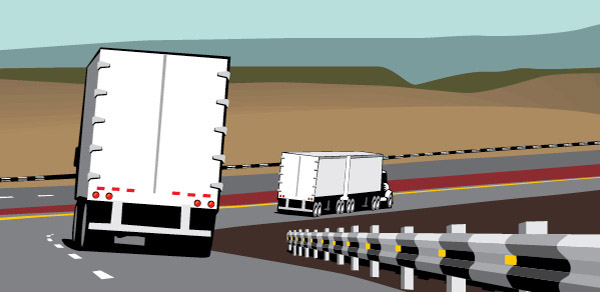
10 Best Paying Trucking Companies
Are you a truck driver looking to work for one of the country’s great trucking companies? Are you searching for the best trucking companies to drive for? Below is a list of the top paying trucking companies, as ranked by TruckDriversSalary.com. GP Transco and Riverside Transport stand out not just for their competitive pay and […]
Read More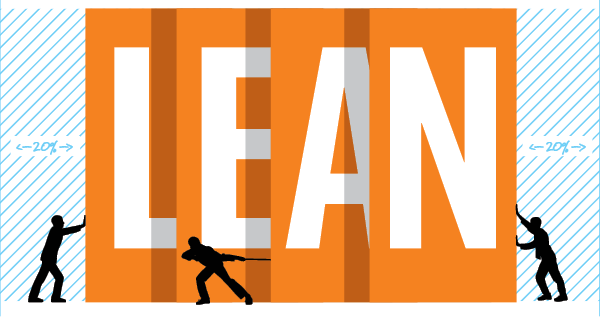
Autonomous at Last?
One of the most difficult and expensive areas of the supply chain is last-mile and home delivery. It can also be the most memorable and important aspect of the customer’s buying experience. So, it’s no surprise that last-mile delivery of goods is a key application for driverless technologies.
Read More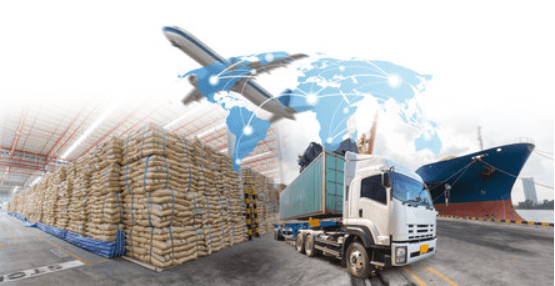
Market Swing: Prepare Now or Lose Later
Market indicators are pointing to a stronger second half of the year—in carriers’ favor—signaling to prudent shippers that the time is now to reevaluate both short- and long-term plans.
Read More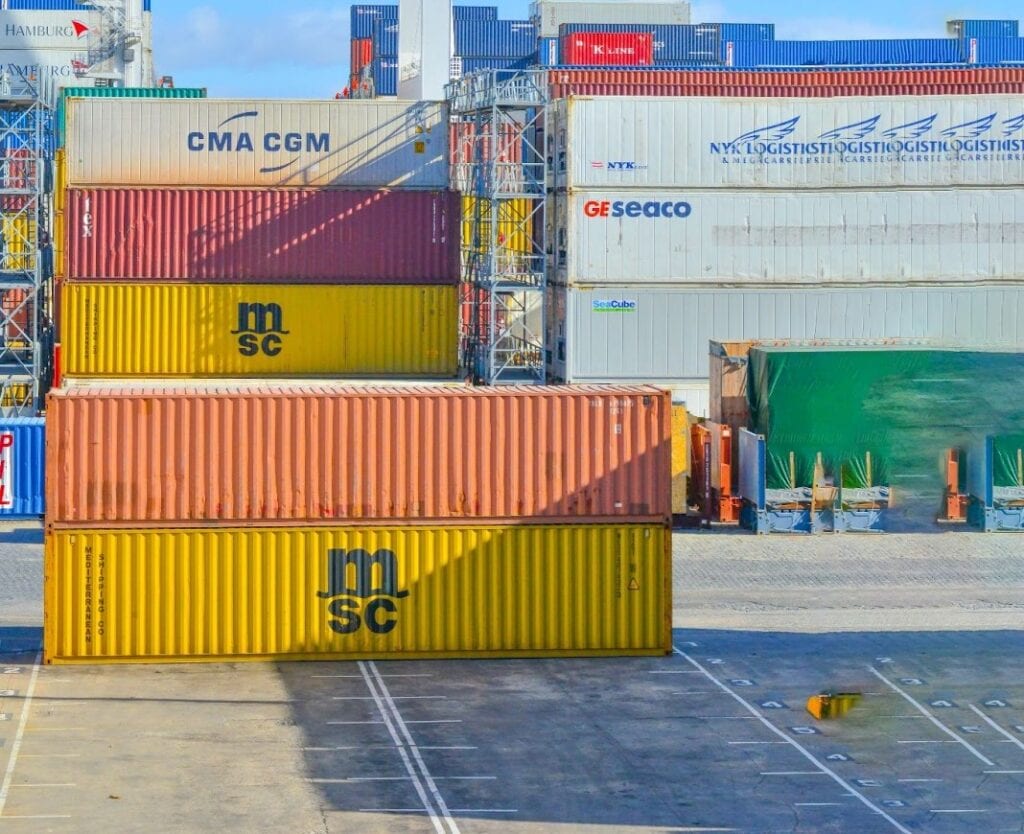
Container Freight Station: Definition, Purpose, and Benefits
In the past, items from the smaller shipments would be loaded and sorted during onboarding. But today, Container Freight Station (CFS) has changed the transportation system for smaller and larger shipments. In this article, we’ll highlight the meaning of a CFS, its purpose, and its benefits. What Is a Container Freight Station? A CFS is […]
Read More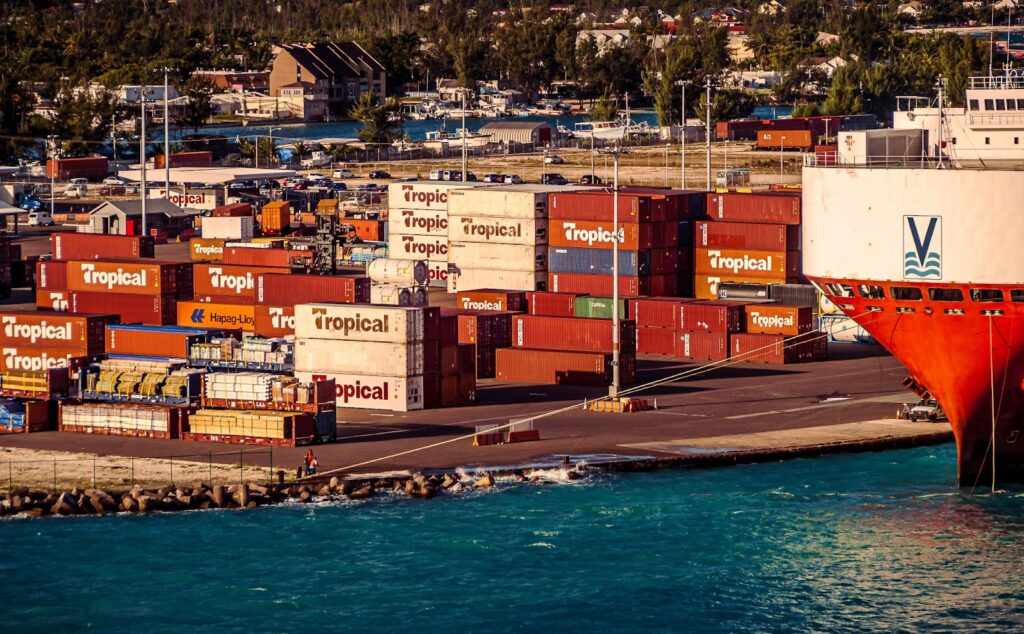
Neo Bulk Cargo: Meaning, Types, and Examples
The shipping industry, the cornerstone of global trade, has witnessed the rising popularity of a distinct cargo category called neo bulk cargo. This innovative cargo type transforms the traditional bulk cargo model by integrating specialized equipment and practices for shipping various goods. In this article, we’ll delve into neo bulk cargo, its various types, and […]
Read More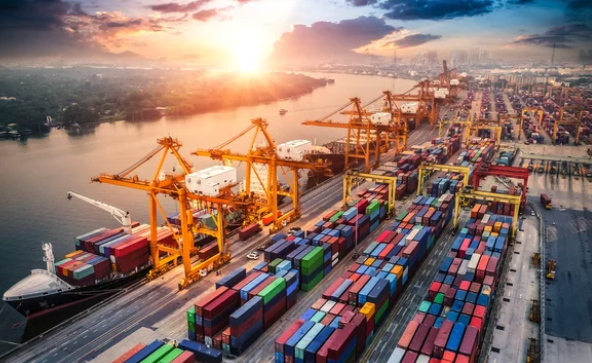
4 Tips for Procurement Logistics Pros to Weather Economic Storms
For logistics procurement, the past 12 months have been a continual, yet perfect storm. First, the pandemic exposed a decades-old model based on low transportation costs. Then the conflict in Ukraine created a fresh set of problems, including a huge spike in energy prices. The relative certainty that procurement and supply chain organizations enjoyed at […]
Read More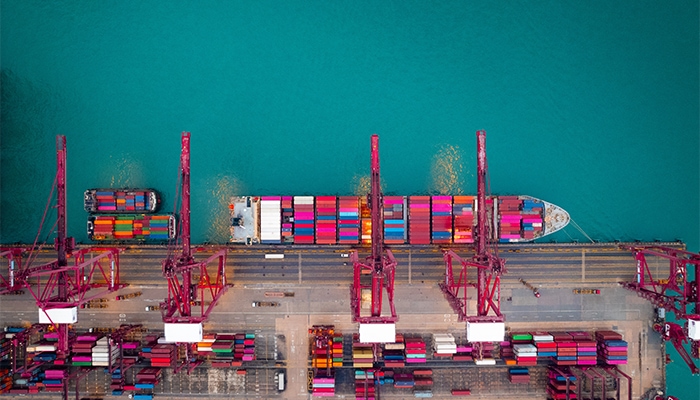
Intermodal Adds Value
Intermodal solutions boost shippers’ options and offer key advantages. Here’s why intermodal transport remains key to efficiency and how one port stacks up advantages.
Read More
Shippers, It’s Time to Seize the Moment and Take Control of Your Rates
The transportation and logistics industry ecosystem continues to adapt and innovate as conditions shift. In the past couple years, shippers have had to contend with increased direct rates and exposure to the spot market, as well as supply chain disruption caused by macroeconomic conditions such as the Covid-19 pandemic. Now, there’s finally a window of […]
Read More
Look Ma, No Hands
As autonomous driving gains some traction, transportation companies are building partnerships to bring self-driving trucks from concept to reality. To that end, Ascend, a truckload carrier that offers middle-mile supply chain solutions, partnered with Volvo Autonomous Solutions (VAS) to test autonomous, long distance linehaul options. As part of the pilot, Ascend will pick up customer […]
Read More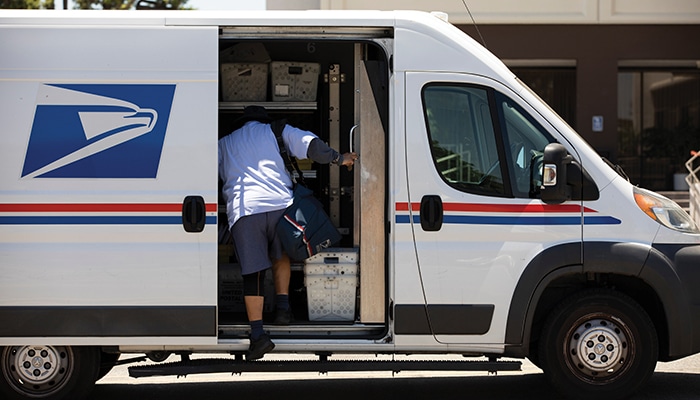
Snail Mail Goes Green
The United States Postal Service (USPS) is ready to deliver your mail greener and quieter. As it begins to replace its aging fleet of more than 220,000 vehicles, USPS expects to acquire at least 66,000 battery electric delivery vehicles as part of its 106,000 vehicle acquisition plan between now and 2028. As part of a […]
Read More
IN BRIEF: New Services and Solutions
Technology Pio (Product In/Out), a plug-and-play version of AutoStore’s cube storage technology tailored for small and medium-sized businesses (SMBs), is now available in North America. Based on a pay-per-pick service model, Pio allows SMBs, such as retailers of apparel, sporting goods, crafts, and cosmetics, to deploy robotic automation for storage and distribution for a relatively […]
Read More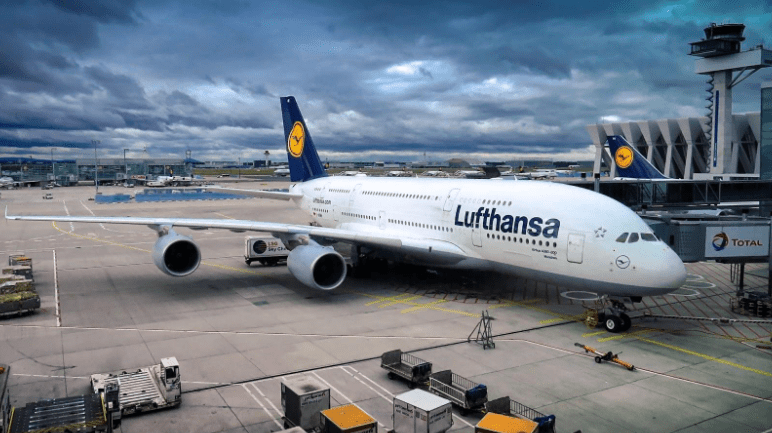
9 Types of Air Cargo: A Guide To Transporting Goods by Plane
The ability to transport goods quickly, securely, and cost-effectively is crucial for many businesses. Air cargo—shipped by any air freight company, air freight carriers, or freight cargo company—offers a fast, reliable way of moving products around the world. Shippers are looking for global air freight providers with exceptional services, quality handling airfreight, and an extensive […]
Read More
Five Factors to Consider: Intermodal or Truck
2022’s capacity crunch is in the rearview mirror, but it’s never too early to plan for the next upcycle. Here’s how to choose your optimal ground transportation mode.
Read More
Core Carriers or Load Boards? Striking the Right Balance
In today’s freight climate, finding capacity via core carriers or load boards are both solid options. Here’s how to weigh the advantages of using core carriers against the necessity of turning to load boards and the spot market.
Read More